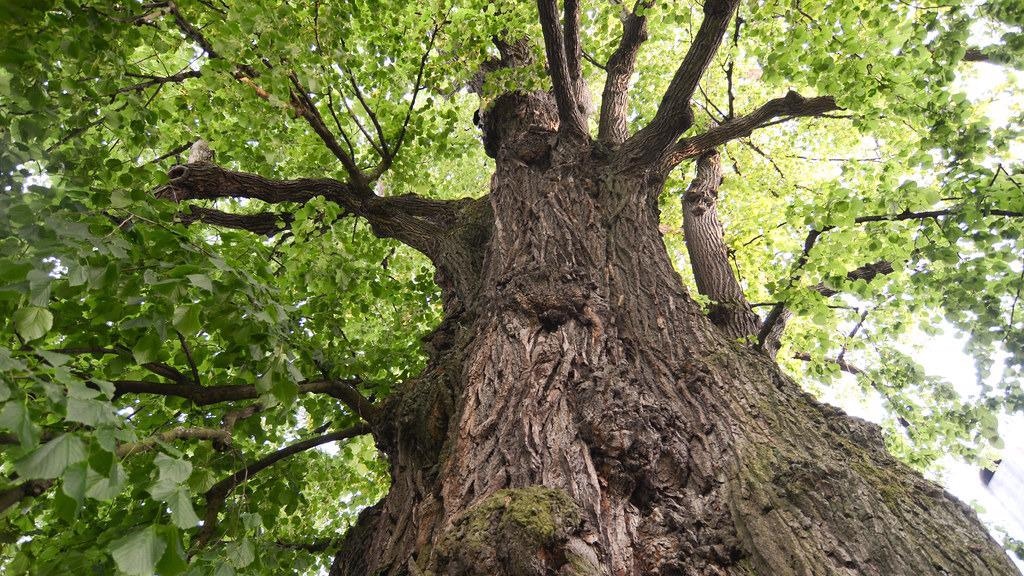Reviewed by Alex SmithAug 24 2021
The natural ability of wood has been harnessed by researchers to slightly glow to develop a new sustainable phosphorescent material. This material can possibly be utilized in various applications, right from medical imaging and optical sensing to “glow in the dark” dyes and paints.
 The researchers found that basswood naturally phosphoresces weakly and so mimicked this in their new material. Image Credit: Sarka.
The researchers found that basswood naturally phosphoresces weakly and so mimicked this in their new material. Image Credit: Sarka.
The natural phosphorescent properties of a major component of wood called lignin were analyzed by an international group of researchers guided by North East Forestry University (China) and the University of Bath (UK).
Room-temperature phosphorescence (RTP) occurs when a material absorbs the energy of a short wavelength (like UV light) and emits it as visible light. This is in contrast to fluorescent materials, which instantly emit the light again and stop glowing when the light is turned off.
The scientists discovered that basswood naturally phosphoresces but weakly, emitting light for a few milliseconds as a result of lignin trapped inside a 3D matrix of cellulose. This motivated them to imitate the glowing properties by cross-linking lignin inside a 3D polymer network, which made it glow visibly for about a second.
By tweaking the cavity sizes inside the network and altering the polymer’s drying times, the researchers discovered that the duration of the phosphoresce could even be modified.
All lignin glows weakly, but most of the light energy is lost by vibration or movement of the lignin molecules, meaning it isn’t clearly visible to the naked eye. We’ve found that immobilizing the lignin in an acrylic polymer means more energy is emitted as light–in other words, the less it rattles about, the more it glows.
Tony James, Professor, Centre for Sustainable Circular Technologies, University of Bath
“Most current phosphorescent materials are either toxic or difficult to prepare, so we wanted to develop a new material that overcame these limitations. Although there is room for improvement, our new material shows great potential for making a more stable, sustainable, biodegradable non-toxic phosphorescent material that could be used in a range of applications,” added James.
The researchers demonstrated the new material by using it to dye threads that could be used in luminescent textiles. This could find use in the identification and the anti-counterfeiting safety of luxury textiles or bags.
An embroidered leaf has been made with the help of fluorescent thread that glows under UV light; another two embroidered leaves have been made using phosphorescent thread that glows for a short time after turning off the UV lamp.
It is indeed an unexpected and interesting discovery. We think this work will not only provide a new option for sustainable afterglow materials but is also a new route for the value-added utilization of lignin, which is the main naturally-occurring aromatic polymer, and the pulping industry produces 600 trillion tons per year.
Zhijun Chen, Study Lead Corresponding Author and Professor, Engineering Research Center of Advanced Wooden Materials, Northeast Forestry University
Journal Reference:
Yuan, J., et al. (2021) Sustainable afterglow materials from lignin inspired by wood phosphorescence. Cell Reports: Physical Science. doi.org/10.1016/j.xcrp.2021.100542.